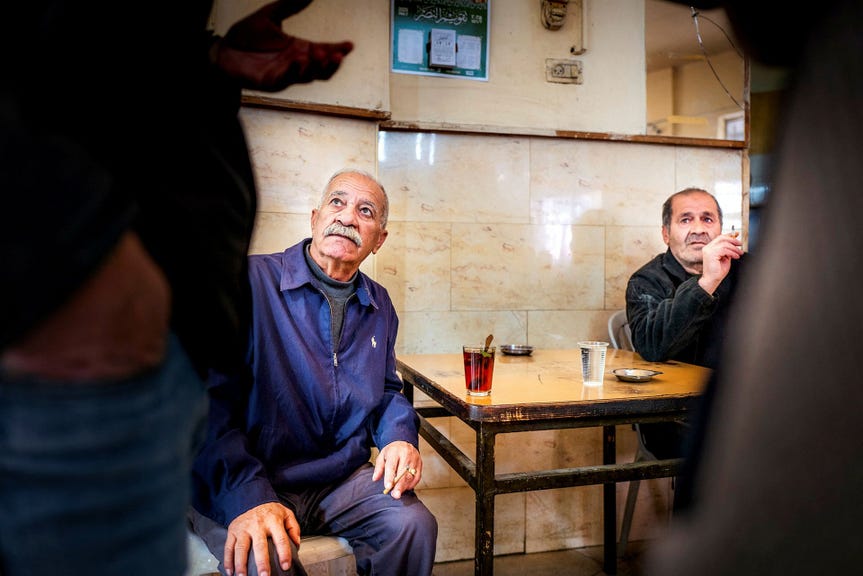The fragile hope for a ceasefire between Israel and Hamas has ignited a flurry of speculation and anticipation, particularly concerning the promised prisoner exchange. Lists of Palestinian prisoners slated for release have circulated widely on Arab news sites and through messaging platforms, fueling both excitement and anxiety. While the exact terms of the exchange remain unclear, initial reports suggest a ratio of approximately one Israeli hostage for every 32 Palestinian prisoners, with the first phase involving the release of 95 Palestinians, reportedly all women and children. Despite the Israeli government’s late-night vote in favor of the agreement, palpable skepticism lingers among Palestinians in Ramallah, the seat of the Palestinian Authority. Years of broken promises and dashed hopes have left many wary of celebrating prematurely, preferring to wait for tangible proof before allowing themselves to believe in the possibility of peace. This cautious optimism is underscored by the ongoing violence in Gaza, which has claimed hundreds of lives even after the ceasefire agreement was reached, casting a somber shadow over the potential for a lasting resolution.
The atmosphere in Ramallah is a mixture of anticipation and apprehension. In the dimly lit, smoky cafes, conversations revolve around the ceasefire and the fervent hope that this time, it will hold. While some express cautious optimism, others, burdened by decades of conflict and disillusionment, remain deeply skeptical. For many, a true resolution lies not just in a temporary cessation of hostilities, but in a return to the 1967 borders and the establishment of an independent Palestinian state with its own passport, borders, and freedom from checkpoints. The prospect of the prisoner release is particularly poignant, as it touches countless families in Ramallah. Almost everyone knows someone, or is related to someone, incarcerated in Israeli prisons. However, discussing specific names and cases remains delicate, as fears persist that public mention could jeopardize their loved ones’ chances of freedom. This precarious balance between hope and fear permeates the city, reflecting the deep uncertainty surrounding the ceasefire’s potential for lasting peace.
The ongoing violence and the perceived inaction of regional powers contribute to the pervasive skepticism. Some Palestinians place blame on Arab leaders, particularly Egyptian President Abdel Fattah al-Sisi, for not intervening more forcefully to stop the Israeli bombing of Gaza. While Egypt has played a significant role in mediating the ceasefire, along with Qatar, the continuing bloodshed fuels frustration and questions the efficacy of these efforts. Despite the uncertainty, the release of Palestinian prisoners represents a glimmer of hope for many families. Individuals share stories of relatives who have spent decades behind bars, often convicted on charges related to their resistance against the Israeli occupation. The prospect of their return fuels both joy and trepidation, as families grapple with the complex emotions surrounding their loved ones’ prolonged imprisonment and the uncertain future that awaits them upon their release.
The personal stories of families impacted by the prisoner exchange highlight the human cost of the conflict. Toufic Sharabati, a butcher in Ramallah, proudly displays photos of ten incarcerated relatives, two of whom are reportedly on the release list. His narrative reveals the stark reality of lengthy sentences, including one relative sentenced to 23 life terms and another to 100 years. While he maintains that their actions were motivated by protest against the occupation, Israeli authorities consider them dangerous terrorists, highlighting the deeply polarized perspectives on the conflict. The varying narratives surrounding the prisoners’ actions underscore the complexities of the situation and the challenges in achieving a lasting peace that addresses the grievances of both sides.
As the details of the prisoner exchange unfold, anticipation builds among the families of Israeli hostages held in Gaza. With approximately 98 individuals, including an estimated one-third confirmed dead, the wait for information is agonizing. Speculation centers around the potential release of young children, such as Ariel and Kfir Bibas, along with their mother, Shiri Bibas, although their fate remains tragically uncertain. The precarious situation of these hostages adds another layer of complexity to the already fragile ceasefire, as the safe return of captives is a critical element for building trust and paving the way for a more sustainable peace.
The yearning for peace and a better future resonates deeply among Palestinians in Ramallah. Ayesha, shopping in the bustling marketplace, expresses her profound hope that the ceasefire marks an end to the violence and a step towards a free Palestine. Her desire for security and stability reflects the sentiments of many who have endured years of conflict and uncertainty. Despite the prevailing skepticism and the challenges ahead, the ceasefire and the prospect of a prisoner exchange offer a flicker of hope, a chance for healing, and a fragile opportunity to rebuild lives shattered by decades of conflict. The long-term success of this fragile peace, however, hinges on the commitment of both sides to move beyond the current agreement and address the underlying issues fueling the conflict, including the future status of Palestinian territories and the rights of both Israelis and Palestinians to live in safety and security.














